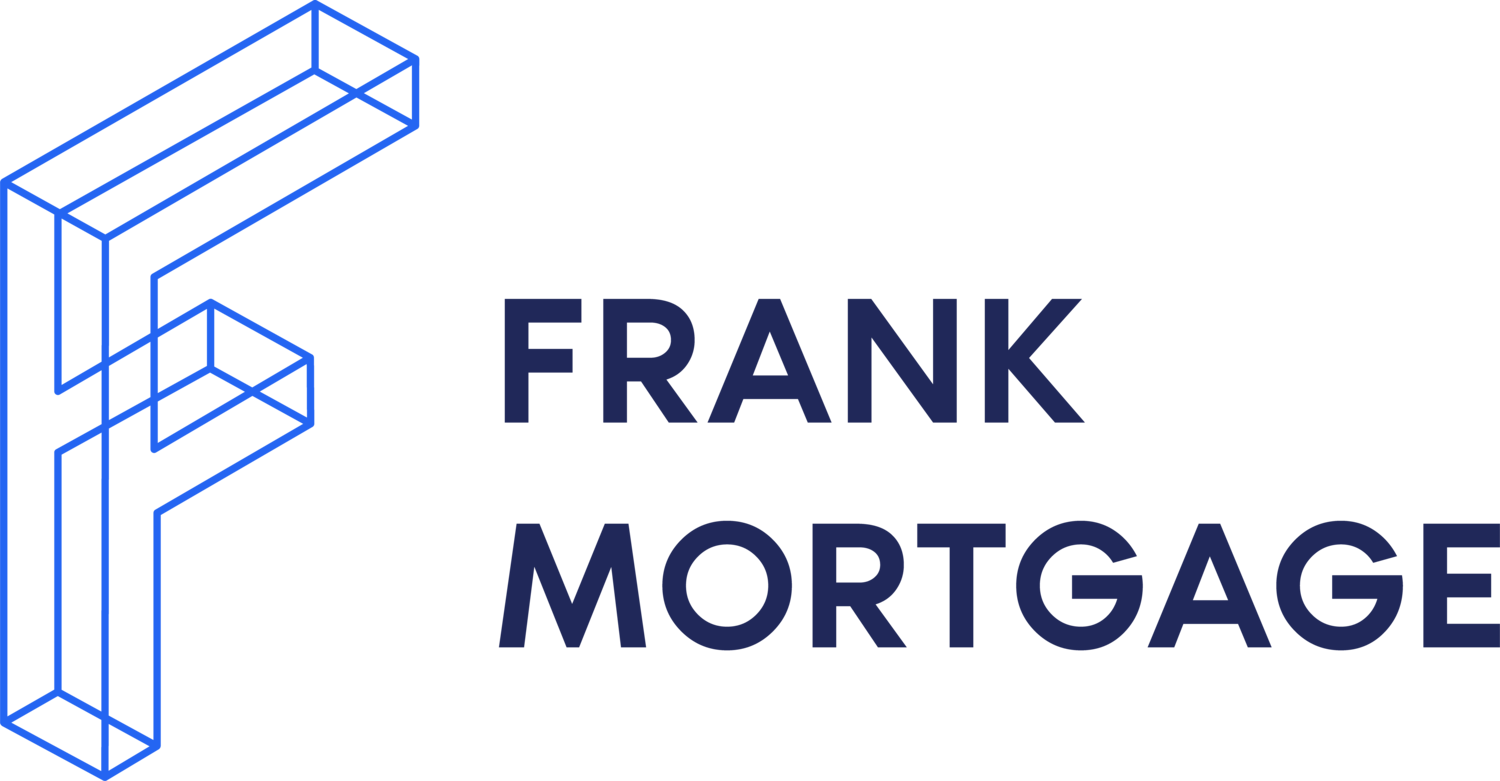Mortgage Prepayment Penalties in a Declining Rate Environment
Mortgages are a significant financial commitment for most Canadians, and understanding the terms and conditions associated with them is crucial. Mortgage prepayment penalties are often overlooked by borrowers when considering their mortgage options. Many borrowers simply go to their big bank for their mortgage and pay little attention to these details. A decision like that can be costly.
Mortgage terms like prepayment privileges and penalties are something that requires your focus, especially during times of declining interest rates. We don’t want to jump the gun and assume that interest rates are going to decline any time soon but now that rates are higher than they have been in many years, it is even more important for borrowers to pay attention to the prepayment and penalty policies of their lenders.
One of the key factors in calculating these penalties is the Interest Rate Differential (IRD), which can vary significantly depending on the lender's policies.
Background on Penalty Calculation
Mortgage prepayment penalties are fees that borrowers are required to pay if they pay off their mortgage before the maturity date. These penalties are designed to compensate lenders for the interest income they would have received had the borrower not repaid the mortgage early.
Mortgages have terms called prepayment provisions. All borrowers should know what these are in their mortgage contracts. The most generous prepayment provision is referred to as 20/20. This means that you can either i) make a lump sum principal payment of 20% of the mortgage balance once per year, or ii) increase your regular payment by 20% once per year. These provisions allow borrowers to pay down their mortgage faster over time without incurring any penalties. Borrowers that want that kind of payment flexibility should prefer a 20/20 prepayment privilege.
Some mortgages provide prepayment privileges for lesser amounts, such as 15/15 or 10/10. Sometimes the less generous prepayment privilege can produce a lower mortgage rate for the customer. The less prepayment risk to the lender – the better the rate. Still other mortgages are closed to prepayment unless the reason for the prepayment is a bona fide sale of the home. These mortgages provide little flexibility for a borrower over time.
Variable-rate mortgages have penalties that are usually lower than the penalties for fixed-rate mortgages. The common penalty for a prepayment on a variable-rate mortgage is three months of interest on the principal amount prepaid. For fixed rate mortgages, the penalties are calculated as the greater of the Interest Rate Differential (IRD) or a three-month interest penalty.
It's important to note that different lenders may calculate penalties differently. The most notable difference is how the big banks in Canada use posted rates when calculating the IRD. These posted rates are typically higher than the actual rates offered to borrowers, leading to larger penalty amounts.
Prepayment Penalty Calculation Methods
Three-Month Interest Penalty: This method calculates the penalty as three months of interest payments on the mortgage balance being prepaid. The formula for this penalty is straightforward:
Three-Month Interest Penalty = (Prepaid Mortgage Balance) x (Mortgage Interest Rate/4)
Interest Rate Differential (IRD) Penalty: The IRD penalty is a more complex calculation and aims to account for the difference between the contracted mortgage rate and the current rate the lender could charge for a new mortgage with a similar term. The formula for IRD penalty calculation is:
IRD Penalty = (Prepaid Mortgage Balance) x (IRD Factor)
IRD Factor = (Contracted Interest Rate - Current Interest Rate) x (Remaining Mortgage Term in years)
This is the fair IRD calculation. Some lenders, most notable the big banks, use their posted rates at the time you took out your mortgage instead of the contracted interest rate, which leads to a larger penalty.
Numerical Examples
Let's consider three scenarios to demonstrate how these penalties are calculated:
Scenario 1: Rates Do Not Change
Outstanding Mortgage Balance: $300,000
Contracted Interest Rate: 5.2%
Remaining Term: 3 Years
Three-Month Interest Penalty= $300,000 x (0.052/4) = $3,900
IRD Penalty: $0 (because rates haven't changed)
The penalty on a variable rate mortgage would be $3,900. The penalty on a fixed rate mortgage would be the greater of three-months or the IRD. Three months is larger at $3,900.
Scenario 2: Rates Decline by 100 basis points (1%)
Outstanding Mortgage Balance: $300,000
Contracted Interest Rate: 5.2%
Remaining Term: 3 Years
Three-Month Interest Penalty= $300,000 x (0.052/4) = $3,900
IRD Penalty: $300,000 x (5.20% - 4.20%) x 3 = $9,000(approx.)
The penalty on a variable rate mortgage would be $3,900. The penalty on a fixed rate mortgage would be the greater of three-months or the IRD. The IRD is larger at $9,000.
Scenario 3: Rates Decline by 200 basis points (2%)
Outstanding Mortgage Balance: $300,000
Contracted Interest Rate: 5.2%
Remaining Term: 3 Years
Three-Month Interest Penalty= $300,000 x (0.052/4) = $3,900
IRD Penalty: $300,000 x (5.20% - 3.20%) x 3 = $18,000(approx.)
The penalty on a variable rate mortgage would be $3,900. The penalty on a fixed rate mortgage would be the greater of three-months or the IRD. The IRD is larger at $18,000.
As this shows, the fixed-mortgage prepayment penalties are not only large when rates decline but they get increasingly large as rates decline further.
Are All Prepayment Penalties the Same?
No, they are not. The difference between the fair penalty calculation at many lenders and the big bank calculation can be substantial. Big bank posted rates at the time you took out the mortgage could have been 75 bps higher (or more) than the actual rates they were offering borrowers at the time. For scenario 3 above, this would result in an IRD penalty calculation as follows:
IRD Penalty = $300,000 x (5.95% - 3.20%) x 3 = $24,750 (approx.)
As this shows the use of the posted rate in a prepayment penalty calculation can potentially result in a prepayment penalty that is $6,750 ($24,750 - $18,000) larger for a $300,000 mortgage if rates decline by 200 basis points (2%).
Importance of Understanding Prepayment Policies
Before agreeing to a mortgage, borrowers must carefully review the prepayment privileges and penalty calculation policies of their lender. Key considerations include:
- Are prepayment privileges offered, and if so, how much can you prepay each year without incurring penalties?
- How is the prepayment penalty calculated?
- Does the lender use posted rates in IRD calculations?
Understanding the answers to these questions is vital for borrowers who anticipate the need to break their mortgage or prepay even a partial amount before the mortgage maturity date. The choice of lender and the terms of the mortgage can significantly impact the potential penalties. Mortgage terms such as these are just as important as the mortgage rate itself when deciding on a mortgage. If you knew one lender might charge you several thousand dollars more to break the mortgage, wouldn’t that influence your choice of lender?
Conclusion
Canadian fixed-rate mortgage borrowers should be aware of the potential prepayment penalties they may face, particularly in a declining interest rate environment. Understanding the prepayment privileges that come with a mortgage is also key. You should look into the penalty calculation methods, such as the three-month interest penalty and the Interest Rate Differential penalty, to help you make an informed decision. Comparing lenders and their penalty policies can save borrowers from unexpected financial burdens when breaking a mortgage early. All borrowers should research a potential lender’s prepayment policies to ensure they align with your financial goals and flexibility requirements. Of course, you can always seek professional advice and consult with your lender to fully understand the terms of any mortgage agreement.
At Frank Mortgage we pride ourselves in providing transparent and unbiased advice. We are an online mortgage broker that not only finds great, low mortgage rates but also the best mortgage terms for our customers. Find us at Frank Mortgage or call us at 1-888-850-1337.
Related Pages
About The Author

Don Scott
Don Scott is the founder of a challenger mortgage brokerage that is focused on improving access to mortgages. We can eliminate traditional biases and market restrictions through the use of technology to deliver a mortgage experience focused on the customer. Frankly, getting a mortgage doesn't have to be stressful.
Related Posts






